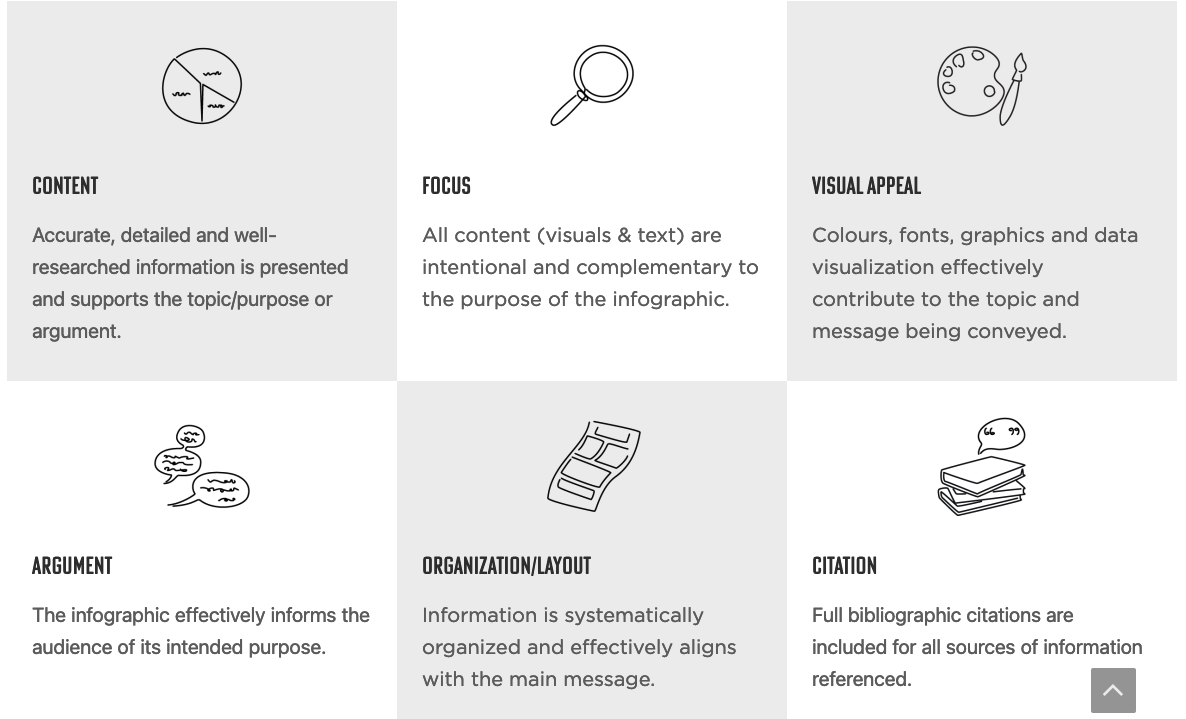
As part of the EU Erasmus+ Virtual Mobilities for All project we have submitted a paper proposal to the European conference for Educational Research (ECER) being held in Yerevan later this year. The paper gives a good summary of the work we have done in the project up to now.
Proposal Information
This proposal is targetting an often neglected group in VET – young adults with mental or physical disabilities. And here, it is related not to the overall training provision these people get when at work (often in special institutions) but to a rather special case. These people do almost not profit at all from the European exchange programs (notably Erasmus+) that aim at giving the opportunity for people at work or in training to experience other countries. There are attempts to create virtual mobility projects to enable people to have some similar experiences while getting information about foreign countries and having exchange with others via new media. This paper addresses the skills and competencies needed to take part in such an exchange for participants as well as the skills and competences of teachers and trainers involved.
The overall idea of virtual mobility is to translate substantial issues of mobility in the Erasmus+ programme into a virtual setting. These issues are the experiences participants make when taking part in a mobility programme. We may roughly group these in two: first the experiences of being in a foreign country with different language, landscape, weather, a different town, etc. and second the exchange with other people from the country the mobility action is taking place as well as from other European countries. Particularly the second dimension is closely linked to the possibility to experience wider forms of cultural interchange and learning between people in different countries including:
- Virtual Collaborative Projects
- Virtual work experience
- Short courses
- Virtual Internship
The different dimensions of individual experiences and this list of different activities of virtual mobility illustrate that the subject area of virtual mobility alone is already connected with very different individual skills and competencies. In other words, even before the differences of our target group come into play virtual mobility refers to a wide spectrum of different skills and competencies depending on the concrete goal and format virtual mobility is linked with. To use virtual mobility a subject need at least:
- language skills
- information and navigation skills
- life skills and social skills
- coping skills
The target group of young adults with disabilities has not been clearly in the focus of virtual mobility so far. Despite the work of inclusion activists trying to bring the special needs of people with disabilities for using digital offers and participate in programmes like Erasmus+ to the public agenda, there is hardly any attention to link virtual mobility and disability.
To understand the particular form of barriers that come into play when disabilities come to the fore we refer to a theoretical approach taken from the sociology of inequality - symbolical barriers for particular social groups for public offers or programmes, offered principally with open access (cf. Bourdieu et al. 1973; Bourdieu 1982; Schultheis 2008; Rieger-Ladich & Alkemeyer 2008).
The second serious challenge for a skills and competence framework for the use of virtual mobility for young adults with disabilities is that this category addresses a considerable number of very different people regarding skills and competencies. Given the very large variance of different limited functions of people with disabilities (WHO 2021), an abstract, top-down framework for people with disabilities is not purposeful to increase the virtual mobility of disabled people. Rather, it has to be based in these different skills, capacities and motivations, including material as well as symbolic barriers to participation. To address this challenge, we refer to a theoretical model originating in political theory and strongly oriented on affected subjects (Sen 1999, 2009; Nussbaum 2006).
Methodology or Methods/ Research Instruments or Sources Used
After an extensive literature review, we carried out semi-standardised interviews with experts and young adults in six different countries. The 33 experts comprised professionals and activists who came from different relevant fields, e.g. social work, public health, inclusion, associations, NGO’s and administrations.
Furthermore, we conducted interviews with young adults with different disabilities. All in all we conducted 38 qualitative and 78 quantitative interviews with this target groups.
The evaluation of the interviews with the young adults was carried out according to a procedure of hermeneutics adapted to the form of the interviews and the aim of the research. For this purpose a two-stage procedure was used. The first step of this procedure consists of a formation of evaluation categories. Although these categories are based on the research questions, they are elaborated from the interviews themselves. In this process, the individual topics and their individual aspects that can be assigned to the context of the research question(s) are first noted for each individual interview. In this first step, no comparative perspective takes place yet, but evaluation categories are formulated based on the themes and aspects found. The development of categories from the text is thus oriented to the specific questions of virtual mobility. In a second step, the individual statements are grouped and compared with each other. In doing so, the argumentation structures underlying the statements are analyzed. In other words, the recur- ring use of thematic statements and positions on the topic were analysed. In the context of virtual mobility, the focus is on the search for identical patterns with regard to the perception of possibilities and limitations.
Conclusions, Expected Outcomes or Findings
The analysis of the expert interviews showed that it is not sufficient to only consider the skills and competencies of the young adults with disabilities on the one hand and tailored offers of virtual mobility on the other. Much more structural and societal dimensions came to the fore. For instance, the legal status of adults with disabilities, how societies discuss the rights of participation of people with disabilities, how they organise the claim for a social inclusive society as well as how they organise support are important issues that go far beyond the relationship of one individual and one offer of virtual mobility. As a consequence,increasing the participation of young adults with disabilities must not only focus on the individual skills and competencies and the quality of the virtual mobility offer but need to address the structural and social dimensions behind the human-machine-interaction.
There are significant differences in the mix of the skills and competencies for young adults with different disabilities. E.g. young adults who have limitations in the functioning of vision or hearing do need adequate infrastructural support to technically compensate the limited functioning. Furthermore, they need to be addressed actively to be informed of programmes of virtual mobility. For young adults with “learning disabilities” other determinants for the participation on virtual mobility programmes are significant as the ones mentioned so far.
The paper will explain the respective findings in more detail as well as bundling them in an overarching framework and then concentrate on how these skills can be acquired and what the teachers' and trainers' role should be in this process. Furthermore, we will address what this does mean for the design of virtual mobility offers.
References
Alkemeyer, Th. & Rieger-Ladich, M. (2008): Symbolische Gewalt im pädagogischen Feld: Überlegungen zu einer Forschungsheuristik, in: Schmidt, R. & Woltersdorff, V. (eds.): Symbo- lische Gewalt. Herrschaftsanalyse nach Pierre Bourdieu. Konstanz: UVK, 103-124.
Bourdieu, P. (1984): Distinction. A Social Critique oft he Judgement of Taste. Milton Park: Routledge.
Bourdieu, P.; Chamboredon, J.-P. & Boltanski, L. (1973): Theorie der symbolischen Gewalt [Theory of symbolic violence]. Frankfurt/Main: Suhrkamp.
Nussbaum, M. (2006): Frontiers of Justice. Disability, Nationality, Species Membership. Har- vard: Harvard University Pr.
Schultheis, F. (2008): Symbolische Gewalt: Zur Genese eines chlüsselkonzepts der bourdieu- schen Soziologie, in: Schmidt, R. & Woltersdorff, V. (eds.): Symbolische Gewalt. Herrschafts- analyse nach Pierre Bourdieu. Konstanz: UVK, 25-44.
Sen, A. (1999): Development as Freedom. Oxford: Oxford University Pr.
Sen, A. (2009): The Idea of Justice. London, New York: Allen Lage.
WHO (2021): International Classification of Functioning, Disability and Health (ICF);
https://www.who.int/standards/classifications/international-classification-of-functioning-disability-and-health.








